This is a solid dynamic reporter microphone, great for capturing dialogue in a relatively noisy environment.
BUILD QUALITY
Build quality is solid, all metal, and reassuring. It's not too heavy either. The XLR connector is good quality and solid too.
The handle of the microphone is smooth and long enough to slot a 'microphone flag' onto the handle, leaving enough room to hold the handle.
IN THE FIELD
I've been testing this in some challenging situations, like a coffee shop, with lots of background noise, clattering, talking, etc. For these situations its cardiod dynamic response is a great choice. This allows you to capture dialogue clearly, by placing the microphone quite close to the person speaking. The cardiod response will still pick up background noise, but to a lesser extent than an omnidirectional mic.
There is some noise handling if you excessively move/drag your fingers over the smooth microphone handle. However, if you're using it normally and not deliberately trying to create handling noise, it's fine. The handling noise is predominantly low frequency and you may reduce much of it with a high pass filter in your recording. This may be a consideration if you're passing the microphone to a person unfamiliar proper handling.
As is standard for this type of dynamic cardiod microphone, there's a pronounced 'proximity/bass response' as the microphone is brought closer to a person's mouth. This increases output levels too. This is a point to note when interviewing others especially if they try to push their mouth very close to the microphone.
If you're trying to capture the ambient sounds of a location, this is probably not the microphone to use. For that, an omnidirectional microphone may be more suitable.
You'll need to buy a foam/pop cover for this microphone, to prevent P and B plosive sounds from spoiling your recording.
FEATURES
It's a cardiod dynamic microphone, so doesn't need phantom power. Just make sure your recorder/system can provide sufficient gain for its output level (check the technical specs to be sure).
Note: it doesn't have an 'on/off' switch on the microphone body, so that's one consideration if this is important for your application.


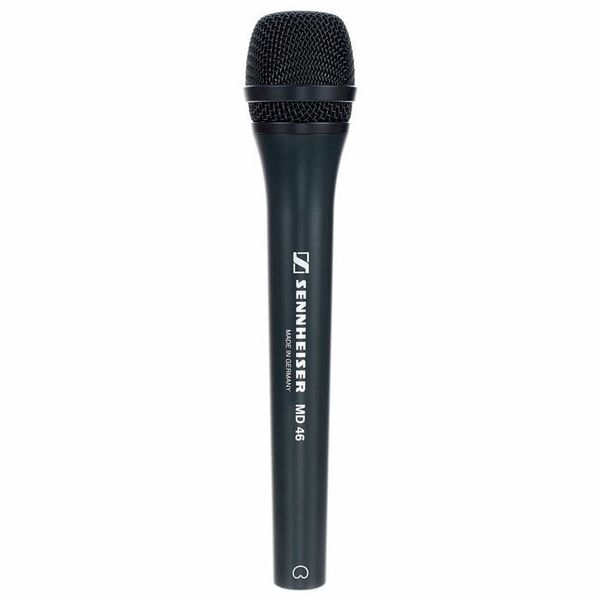
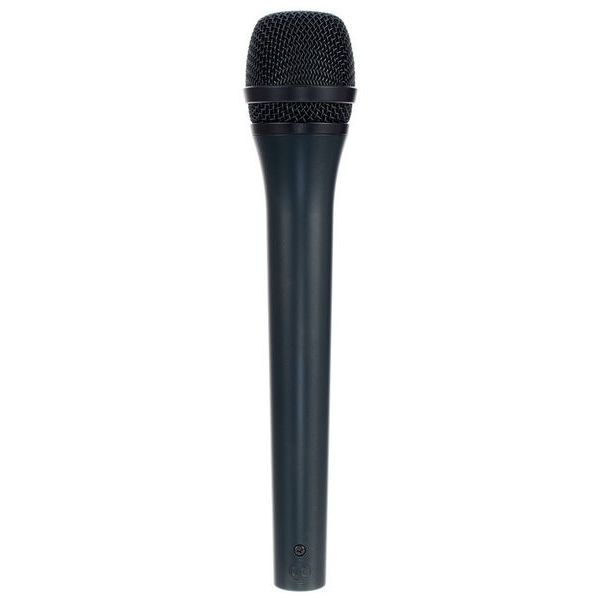
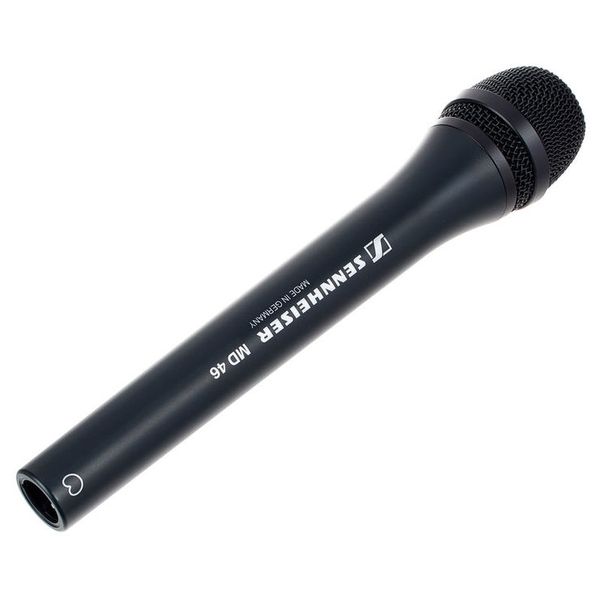
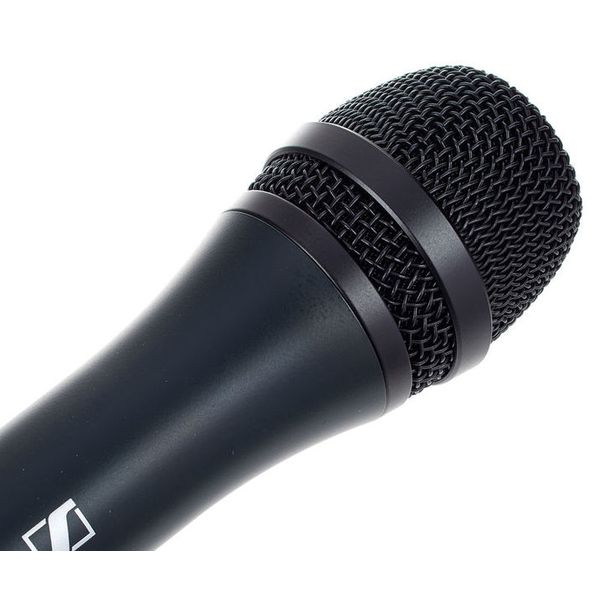
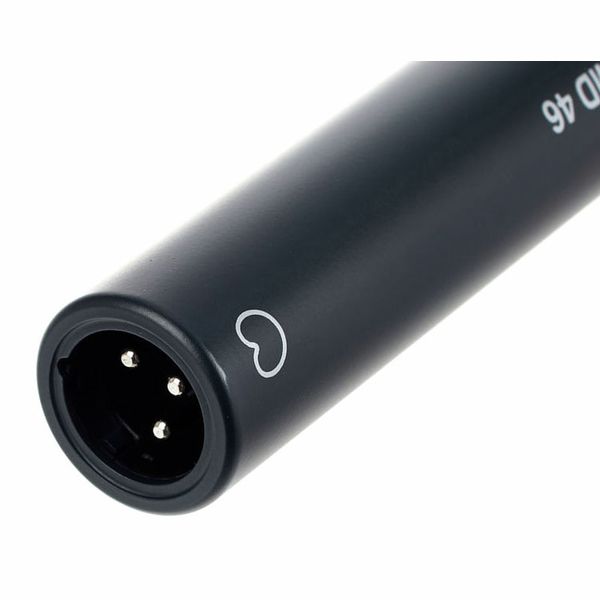
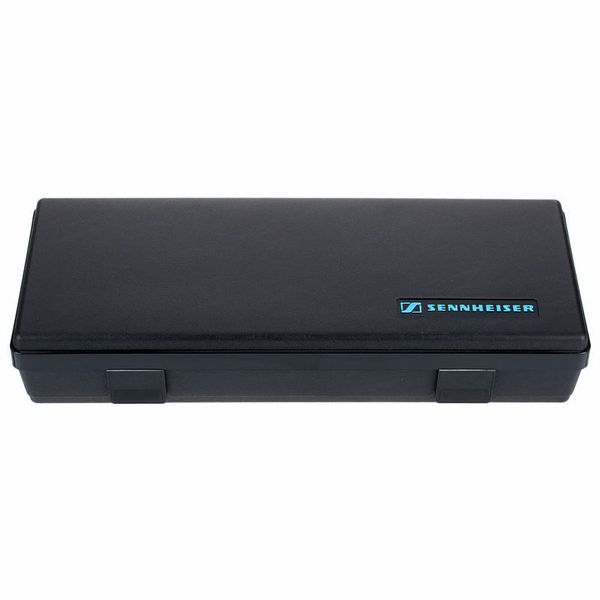
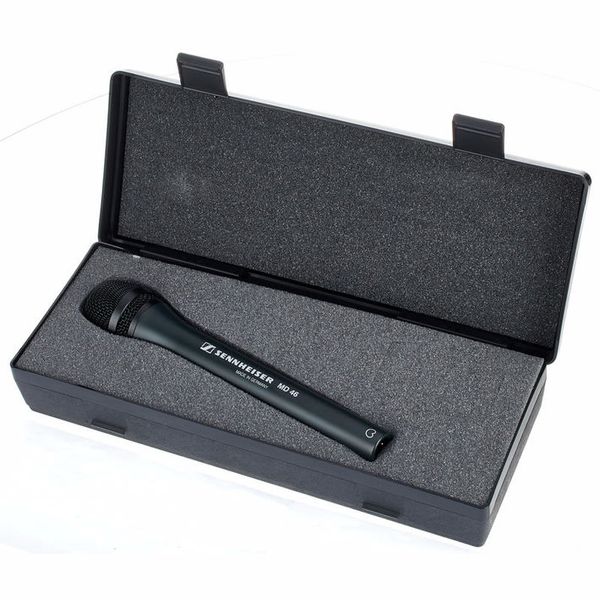









)
)
)
)


